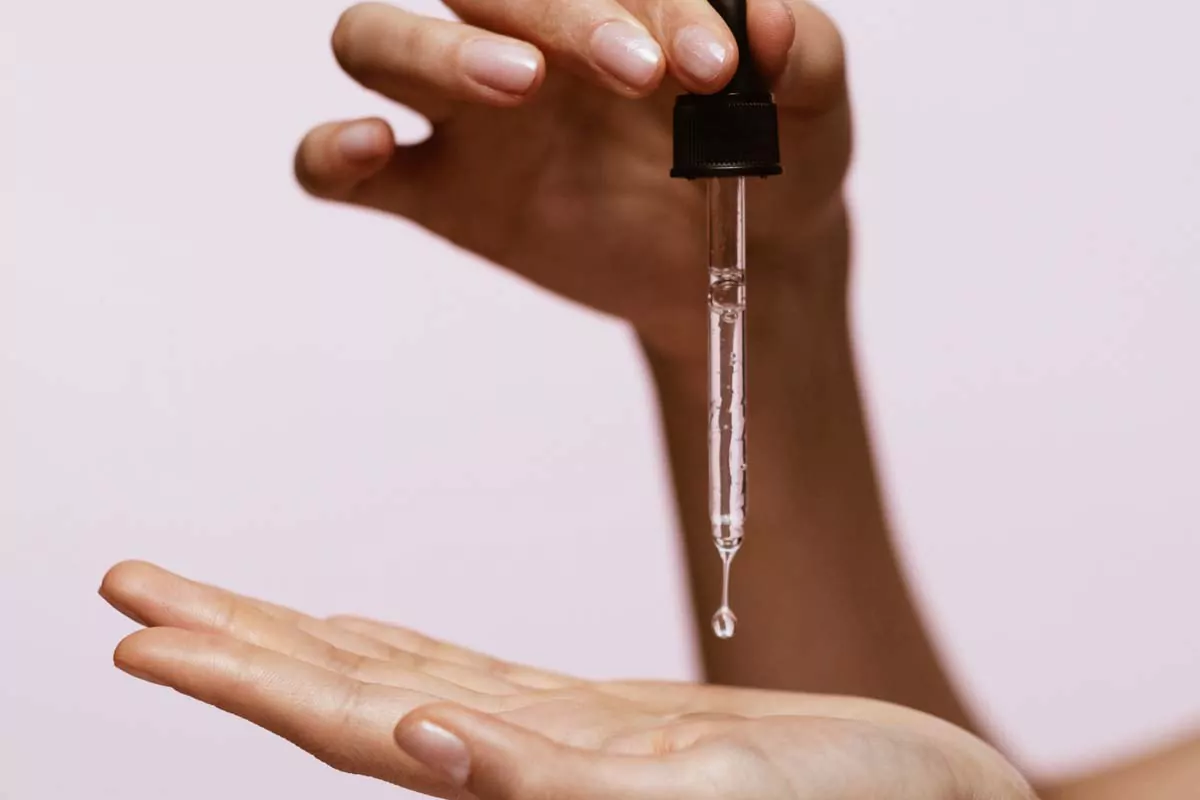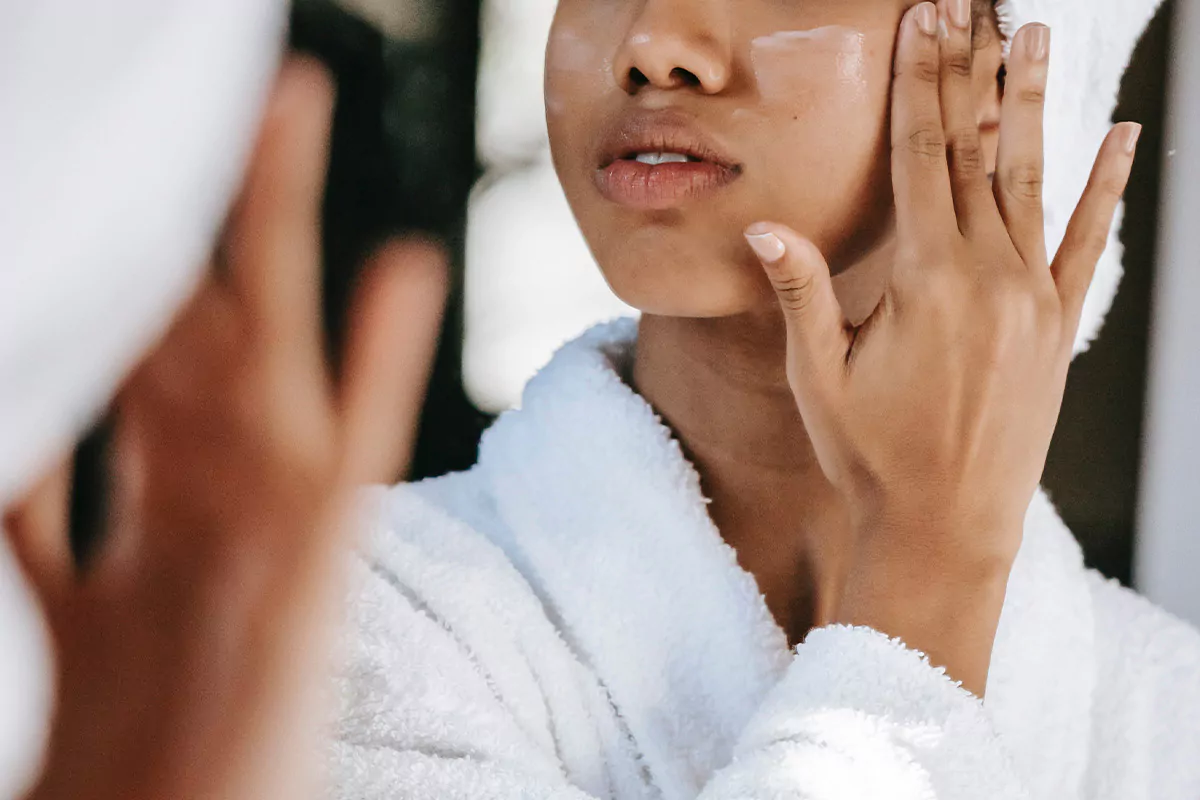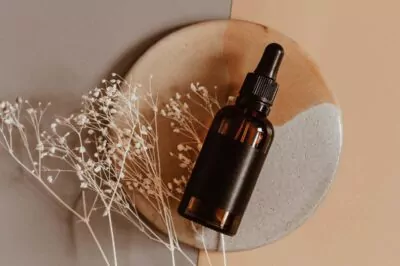Table of Contents[Hide][Show]
Just when you think you’ve finally mastered your skin care routine, a new product category appears in the conversation. You’ve likely heard the term “emulsion,” a staple in K-Beauty, but the specifics can feel hazy. Is it a type of serum? Is it just a lightweight moisturizer? And most importantly, where on earth does it fit into your existing ritual?
Understanding the difference between a serum and an emulsion isn’t about adding another step — it’s about learning how each works within your overall routine. So what truly distinguishes these two products, and how can they complement each other to support your skin’s appearance and overall balance?
This guide will demystify emulsions once and for all. We’ll explore the simple structure and function of each, share how to layer them for best results, and help you decide whether this beloved K-Beauty step is the missing piece your skin’s been waiting for.
The Core Definitions: Understanding Their Unique Jobs

The simplest way to understand the difference is to think of a serum as a targeted specialist and an emulsion as a lightweight generalist. They look and feel different because they serve two distinct, yet complementary, purposes within a skin care ritual.
What is a Serum? The Deep-Diving Specialist
A face serum is a highly concentrated, lightweight treatment with a refined texture and carefully balanced formulation. Its primary purpose is to deliver a potent blend of active botanicals—like antioxidants and hydrators—so the skin can appear smoother, brighter, and more refreshed. Think of it as the most targeted step in your routine, designed to support the visible appearance of healthy, radiant skin. Our Wild Fruit Serum is a perfect example of a serum designed for a specific goal: promoting a brighter, more radiant-looking complexion.
What is an Emulsion? The Lightweight Generalist

An emulsion, on the other hand, is a very lightweight, often milky lotion. By definition, it’s a stable blend of both water and oil, giving it a texture that is noticeably thicker than a serum but much thinner and more fluid than a traditional cream. Its primary purpose is to provide a light, balanced layer of both hydration (from its water component) and moisture (from its oil component) to the skin’s surface. The easiest way to think of it is simply as a feather-light moisturizer.
The Unbreakable Rule: How to Layer Serum and Emulsion
Now that you understand their different roles and unique textures, the correct layering order becomes simple and intuitive.
The golden rule of skin care layering is to apply your products in order of texture—from the thinnest to the richest. Because serums have the lightest consistency, they should always be applied to clean skin first. An emulsion, being slightly creamier, can then be layered on top to provide a touch of moisture and help maintain the benefits of the serum beneath it. If your routine includes a richer cream or a facial oil, those would be your finishing steps, added after the emulsion to complete your ritual.
Do You Need Both a Serum and an Emulsion?

This is the most important question, and the answer depends entirely on your unique skin type and personal skin care goals. An emulsion isn’t a universally necessary step, but for some, it can be a true game-changer. Here’s how to decide if it’s right for you.
For Oily or Combination Skin: An Emulsion Can Be Your Perfect Moisturizer
If you have oily or combination skin, you know the struggle—traditional creams can sometimes feel too rich or heavy. This is where an emulsion can truly shine. For this skin type, a simple two-step routine of Serum + Emulsion can help maintain a comfortable, balanced feel. You’ll experience the focused care of a specialized serum, like our Activated Hemp Serum, followed by the lightweight hydration and moisture of an emulsion—all without any greasy residue.
For Dry or Dehydrated Skin: An Emulsion is a Hydrating “Booster” Step
If your skin feels dry or dehydrated, an emulsion isn’t meant to replace your moisturizer but to serve as a beautiful extra step. Think of it as adding a thin, comforting veil of hydration. Your ideal routine might look like Serum + Emulsion + Cream/Oil. Start with a hydrating serum, layer the emulsion on top for added moisture, and finish with a rich, soothing cream like our Restorative Facial Cream to help maintain that nourished, comfortable feel.
For Normal Skin or Minimalist Routines
If your skin feels generally balanced or you prefer a more streamlined approach, an emulsion may not be necessary. You can keep your ritual simple by choosing a well-rounded serum that supports your primary skin goals—like our Anti-Aging Serum, which helps improve the look of tone and texture—followed by your preferred moisturizer or facial oil. For this skin type, simplicity can be its own form of balance.
The Beautiful Art of Customization
The key takeaway is simple yet empowering: serums are potent, surface-absorbing treatments for your specific goals, while emulsions are lightweight lotions that provide a balanced layer of hydration and moisture.
We encourage you to listen to your skin and use this knowledge to customize your ritual. If you’re oily and often find traditional creams too heavy, an emulsion could be the perfect, elegant moisturizer you’ve been searching for. If you’re dry, it could be the beautiful, extra layer of comforting hydration your skin has been missing. There are no strict rules—only invitations to find what makes your skin feel its absolute best.
The foundation of any great routine is a powerful serum. From brightening to age-support, our formulas are designed to deliver potent, plant-based results.
We invite you to explore our full Serums & Elixirs collection to discover the perfect specialist for your skin.
Frequently Asked Questions
Where does a facial oil fit in with an emulsion?
A facial oil is generally thicker and more conditioning than a lightweight emulsion. Following the “thinnest to thickest” rule, it would typically be applied after an emulsion in a routine (e.g., Serum → Emulsion → Facial Oil) to help maintain hydration and leave the skin feeling soft and nourished.
Can I skip my serum and just use an emulsion?
You certainly can, but you’d be missing out on one of the most concentrated and targeted steps in your routine. An emulsion provides general, surface-level support, while a serum is uniquely designed to deliver a potent blend of beneficial ingredients that help improve the look and feel of your skin in a more focused way.
How do I know which serum is right for my skin?
Choosing the right serum is a beautiful journey of listening to your skin’s unique needs and goals. To help you navigate the options and understand which ingredients will serve you best, we’ve created a complete guide on how to choose your face serum.







Leave a Reply